
Hello, and welcome to this week’s selection of top stories in pictures.
For the first time in American history, a U.S. president has been prosecuted on criminal charges. Donald Trump was indicted Thursday in an alleged hush money scheme in which he is accused of paying porn actor Stormy Daniels in the final days of his 2016 presidential campaign. It’s foolish to predict the effect of Trump’s indictment but there’s reason to believe things have changed and his scot-free days may be over.

::
Fentanyl addiction and homelessness haunt this New Mexico town. Generations have struggled with drug addiction in Española, but fentanyl is ripping through the already wounded community with new fervor, contributing to rising homelessness and overdose rates.
Grandparents are raising grandchildren, and a “baby box” has been built at the fire station to take in unwanted infants. Shoplifters haunt the aisles at Lowe’s and Walmart.
— JEFFREY FLEISHMAN
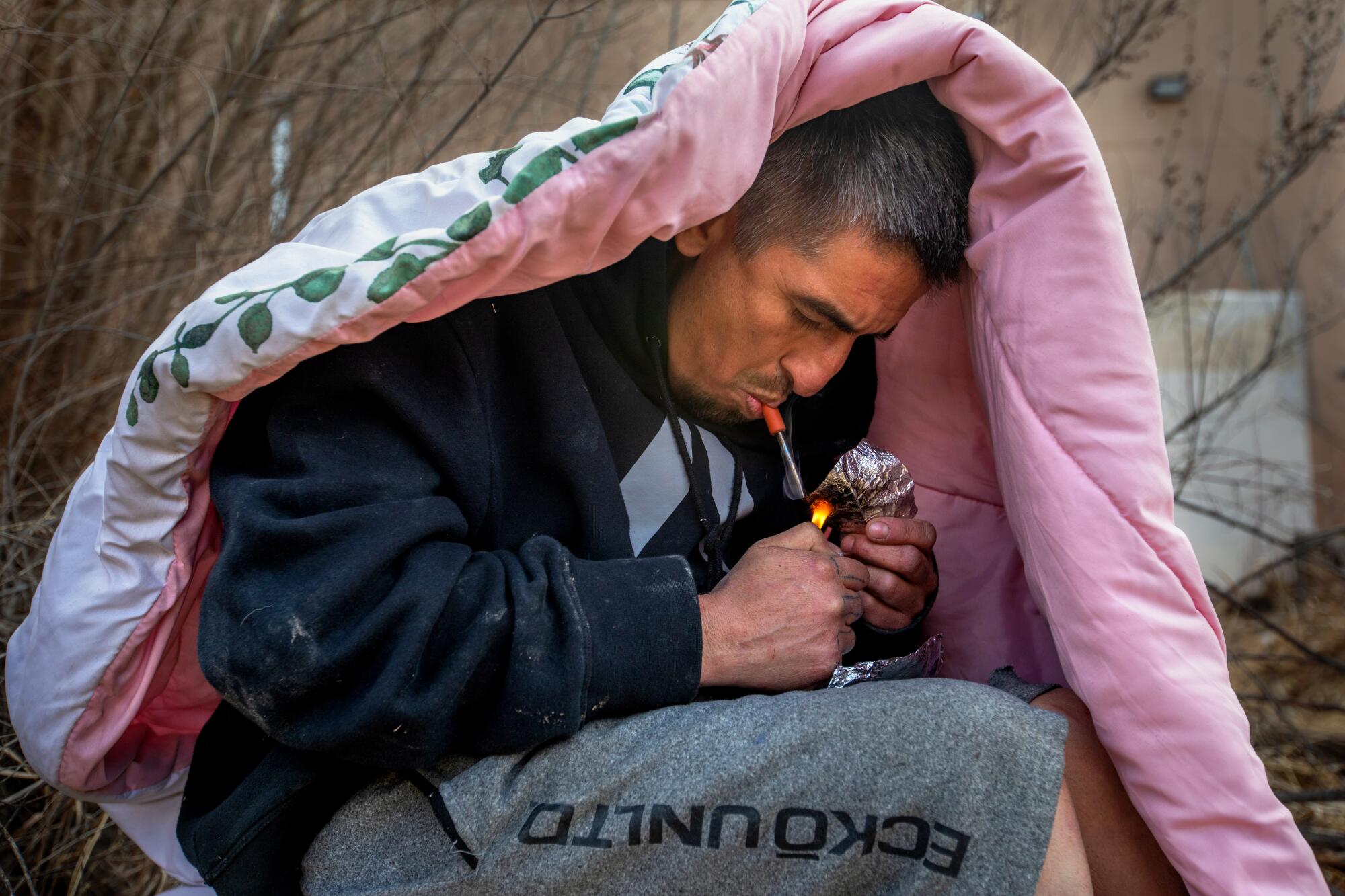
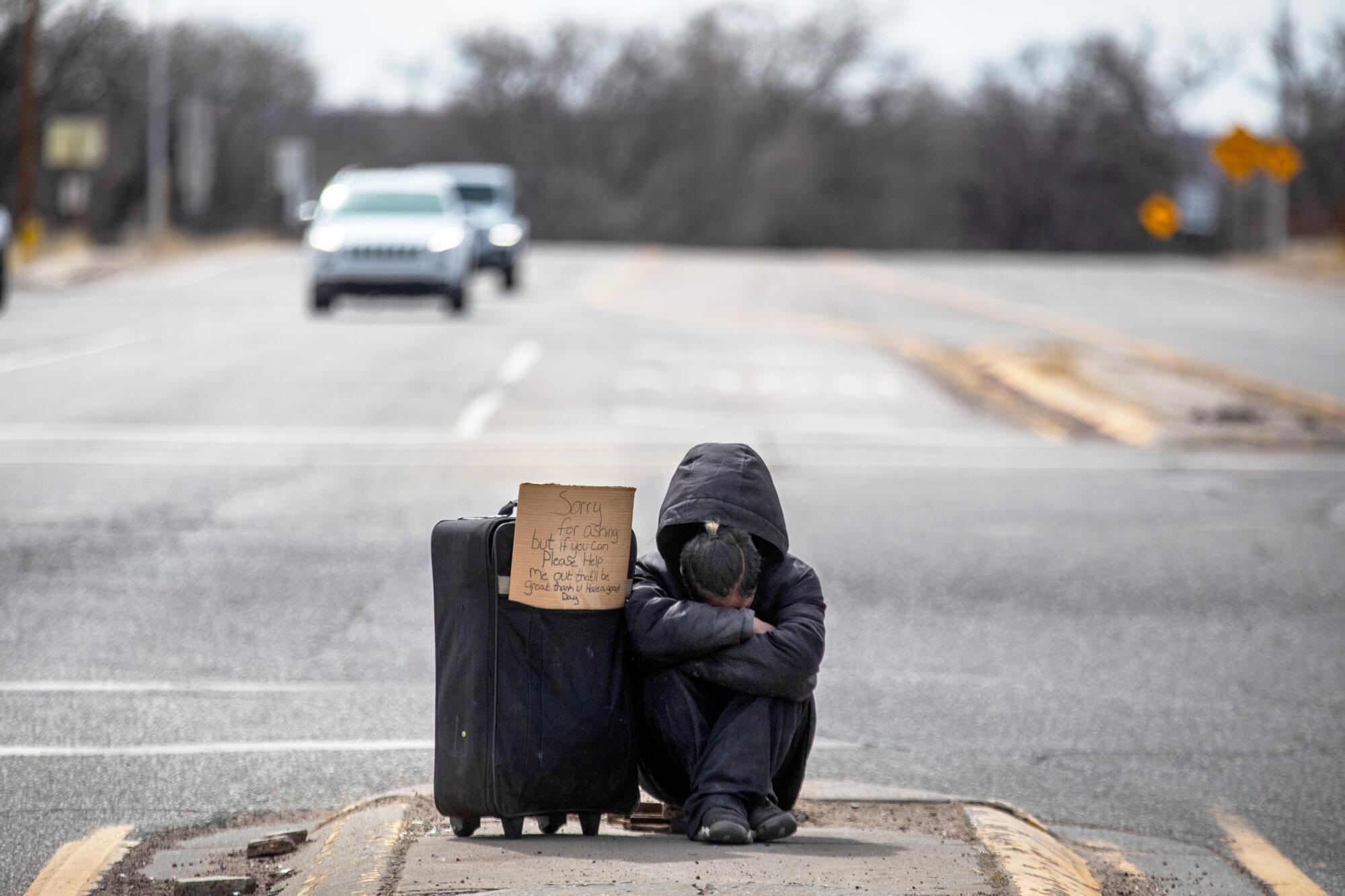
::
In California, a privilege that is the rare “California Double” — the state’s geography and recent wet weather — now allows for anyone so inclined to enjoy sand and snow in the span of one day.
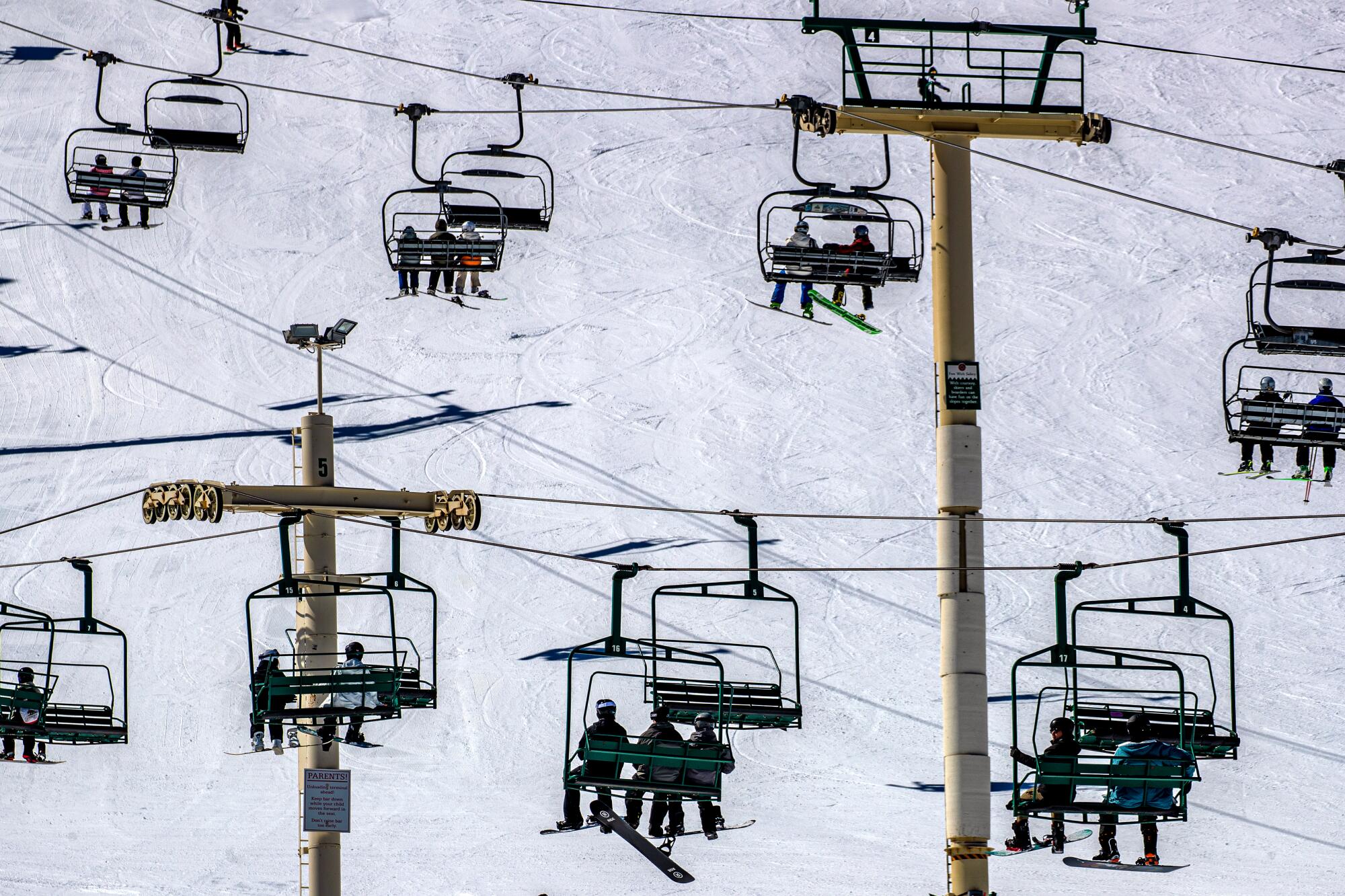

::
After a police killing, law enforcement agencies across California have been trained to keep families in the dark and grilled for information that is later used to protect their department, according to an investigation by the Los Angeles Times and the Investigative Reporting Program at UC Berkeley’s Graduate School of Journalism.
“[T]he more disparaging information the police have about someone they’ve killed, the less money the department may have to pay.”
— BRIAN HOWEY

::
Storms may be on their way out, but they are expected to benefit Californians for months to come. Southern California is refilling its largest reservoir, Diamond Valley Lake — a backbone of the region’s water storage system — hoping to restore it to full capacity by the end of this year. The $2-billion, 4.5-mile-long reservoir, which is near Hemet, was built to provide a lifeline when all else fails: “When things go really bad, this is the one that saves our system,” said the general manager of a state water agency.
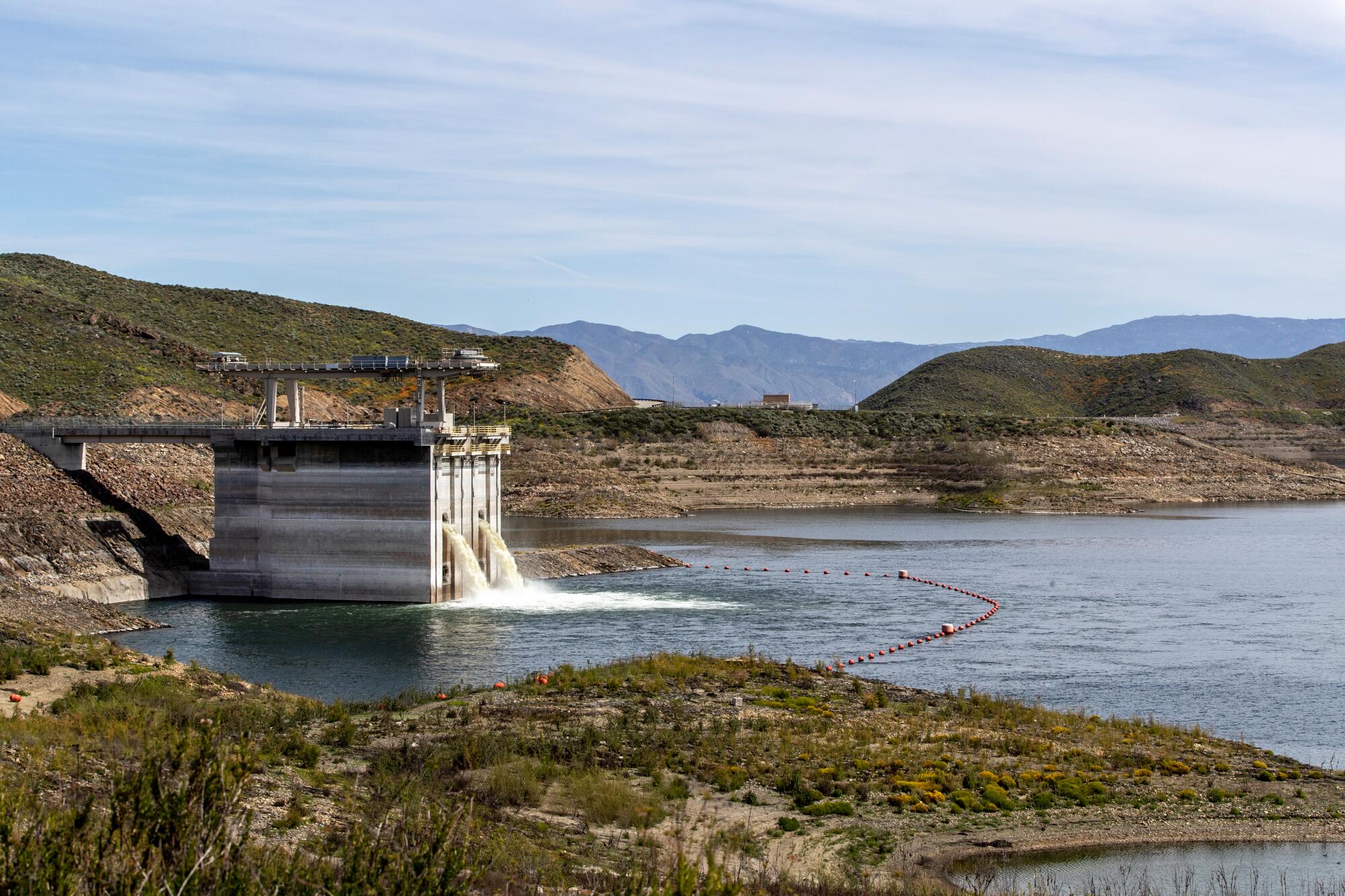
::
David Mora shot and killed his three daughters and a chaperone during a supervised visit last year. The children’s mother had warned the courts that he was dangerous, but no one listened.
“Because somehow putting ‘domestic’ before ‘violence’ makes us treat it as less deadly or harmful than a random attack by a stranger, though about three women are killed every day by an intimate acquaintance in the U.S.”
— ANITA CHABRIA


::
In California’s San Joaquin Valley, a “phantom lake” returns with a vengeance, as the spreading waters swallow fields and orchards and encroach on low-lying towns, unearthing an ugly history of water and the shallow inland sea that has defined the region for decades.
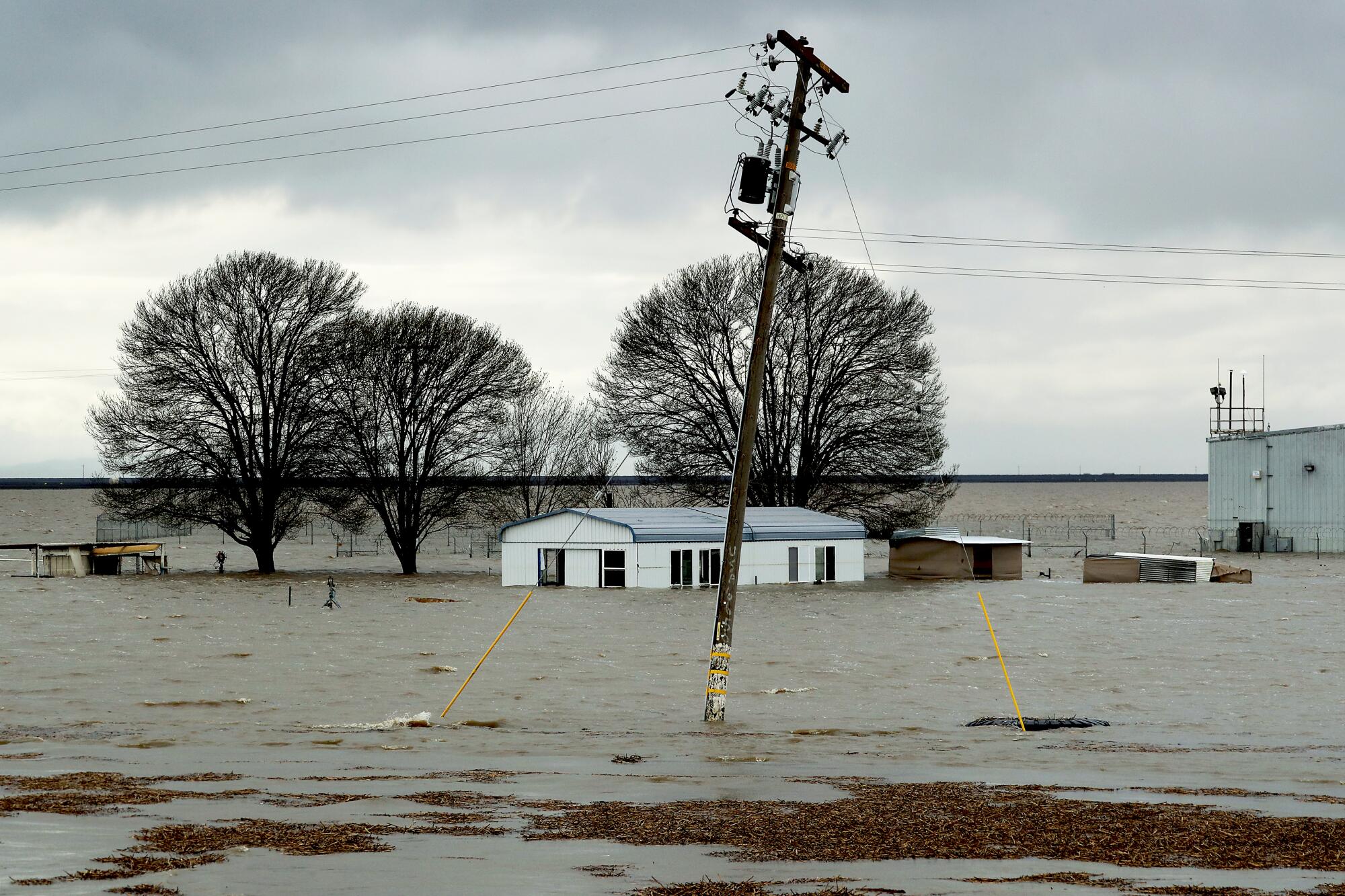
::
The Skid Row Housing Trust was regarded as a model for nonprofits housing homeless people in Los Angeles. But behind the scenes, it was falling apart — and leaving tenants in squalor. A Times examination found that the implosion of the celebrated housing nonprofit was a long time coming. The city is seeking receivership. for the trust’s 29 distressed buildings.

::
Though snow is beginning to melt, it is still piled high in the San Bernardino Mountains after recent storms. Members of citizen volunteer groups, who continue to provide a lifeline to snowbound residents, say they never want to be caught off guard again.
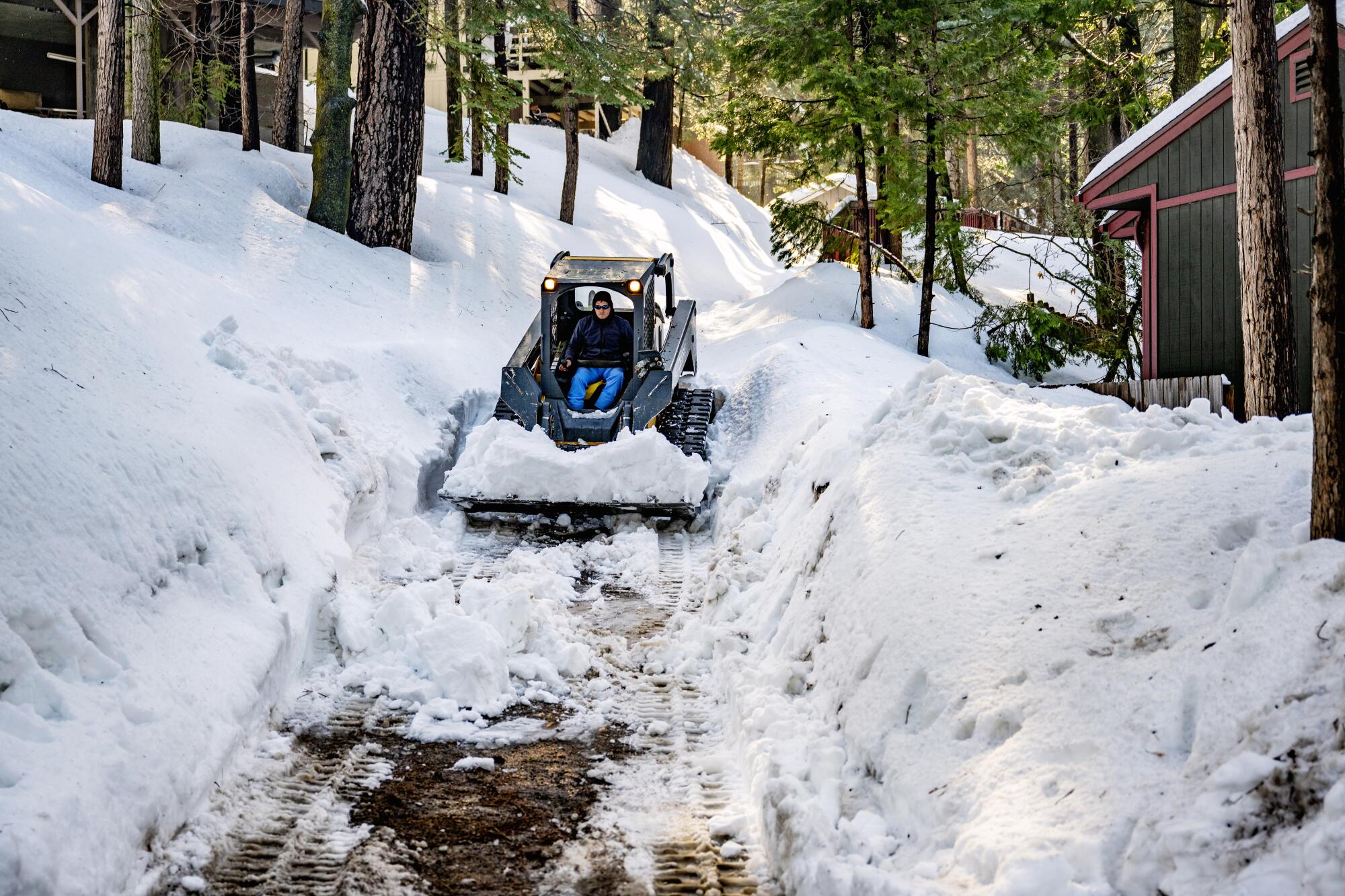
::
And finally, as a major storm caps California’s wet season with more rain, winds and snow, lately making L.A. rainier than Seattle, Southern California begins to dry out.
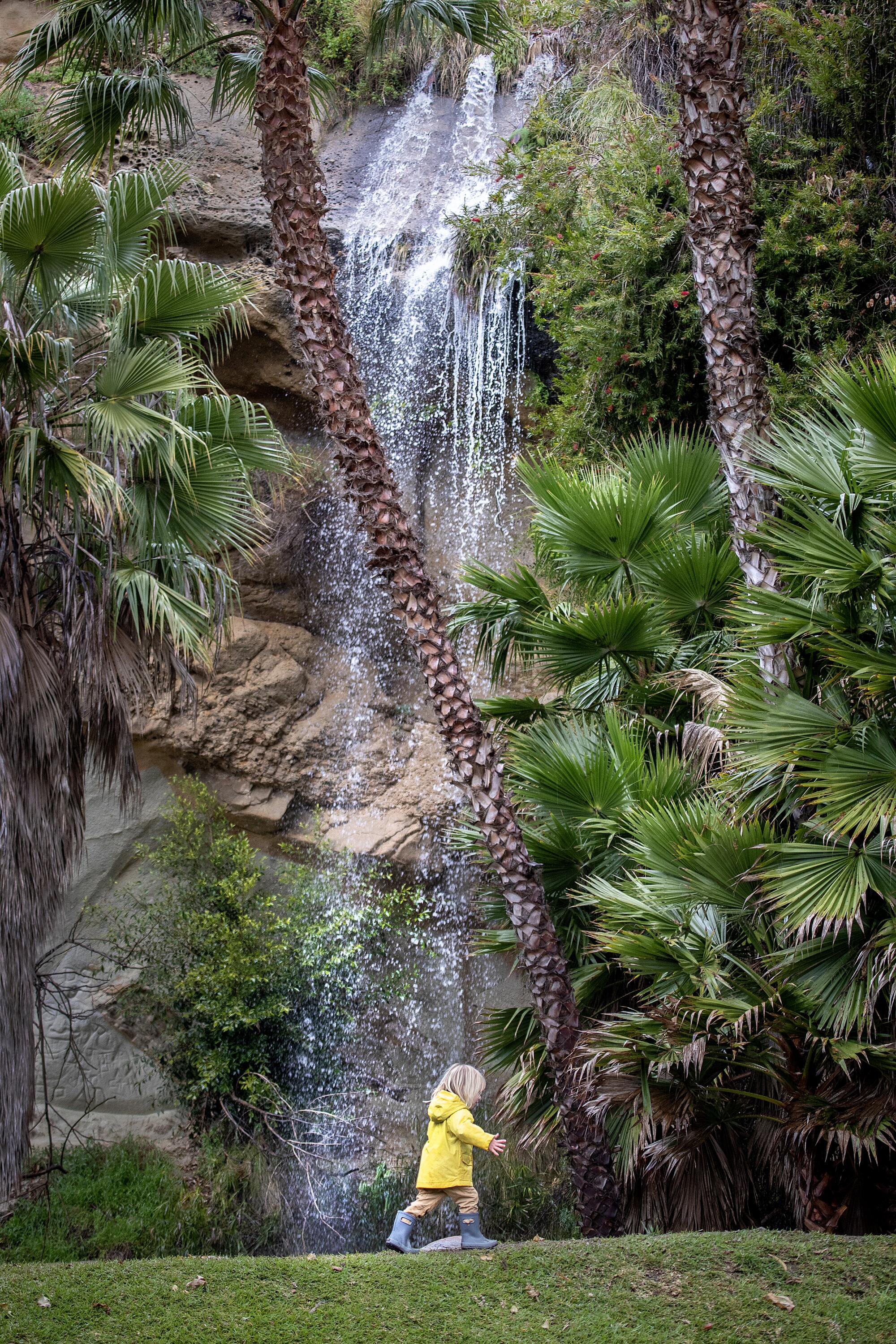
::
More to Read
Sign up for Essential California
The most important California stories and recommendations in your inbox every morning.
You may occasionally receive promotional content from the Los Angeles Times.










